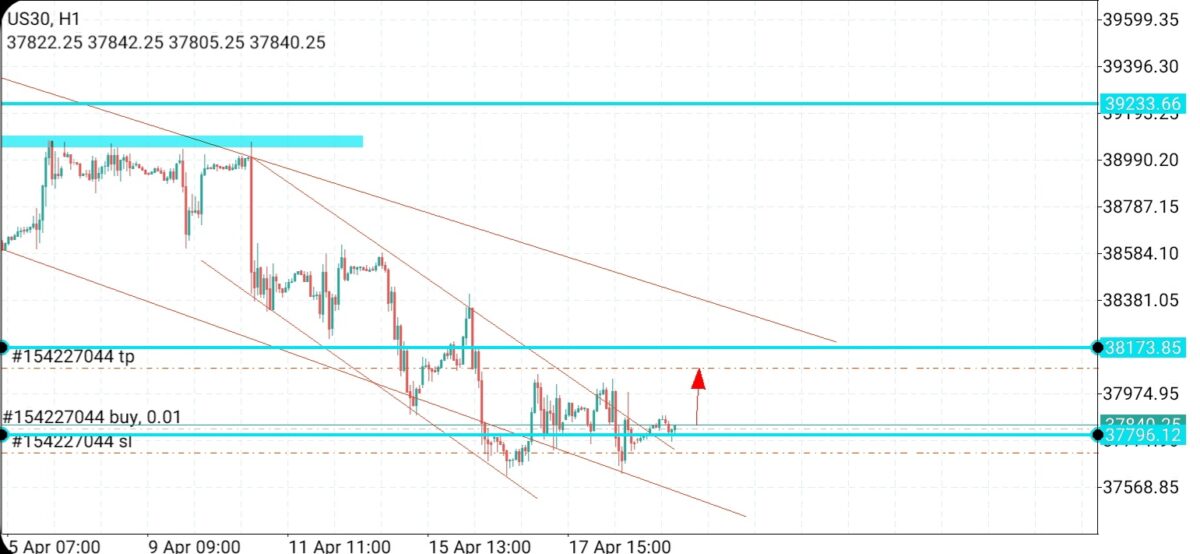Mindful Trading
Mastering mindful trading requires a deep understanding of your emotions.
Forex pairs and indices (stocks) can be highly volatile, with price fluctuations occurring in short periods.
To navigate this volatility effectively, start by practicing with a demo account.
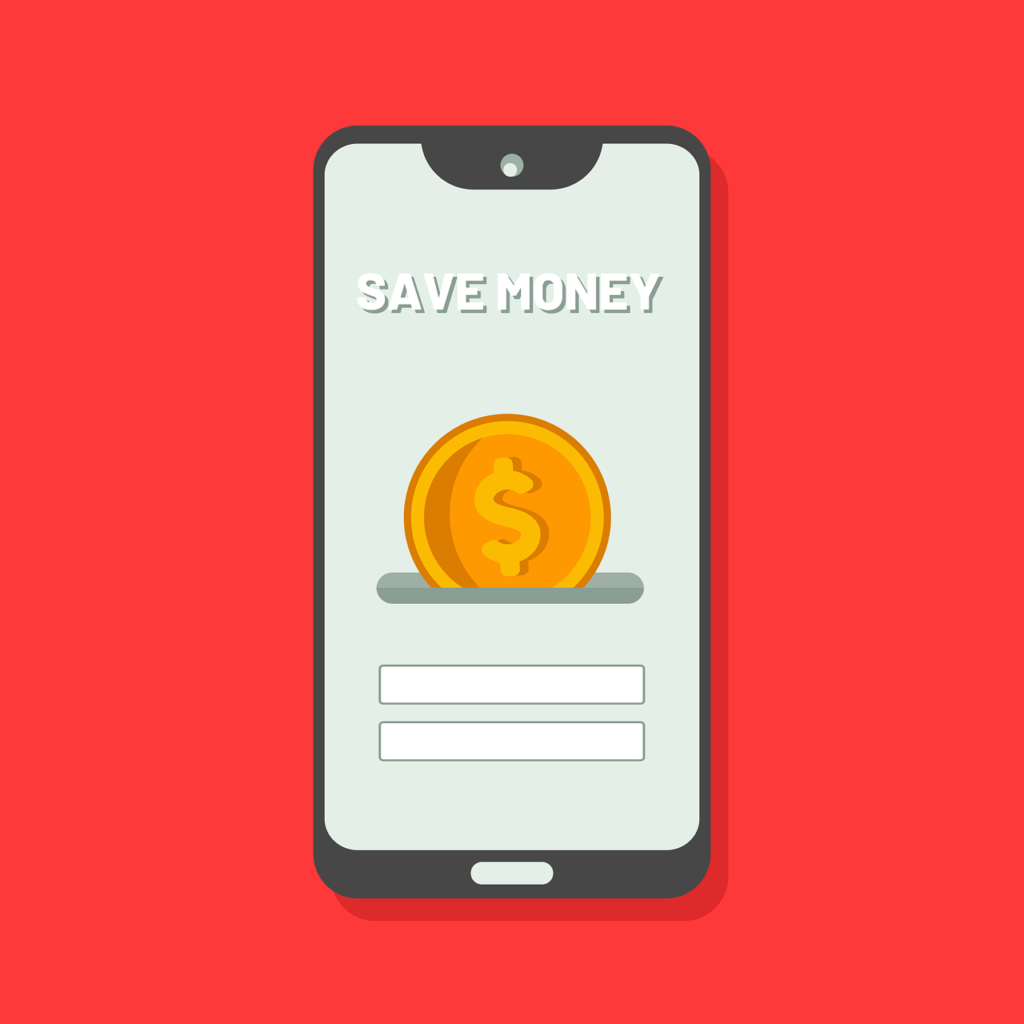
Developing the right set of skills will enable you to trade with safety and precision,
leveraging market volatility to close large profits in a short amount of time.
Mindful Trading: Navigating Discouragement
In my four years as a student of the market, I’ve come across many instances
whereby I’ve had my fair share of people who supported me and those who tried to discourage me. Let us look at both of them.
Inspiring Influences in My Life: Positive Energy
In late 2021, I realized the importance of having someone guide me in trading professionally.
There were many moments when I felt stuck,
such as not knowing the best times to trade in my country (South Africa)
or how to determine if the market was bullish or bearish.
Bullish: When the market is rising (price increases).
Bearish: When the market is falling (price decreases).

Today, I look up to my mentors because they continuously motivate me to stay focused and never give up.
Their encouragement has been crucial in my journey to becoming a mindful trader.
I am also deeply grateful for the support from those close to me.
This positive energy helps me persevere and rise above challenges when the going gets tough.
It’s crucial to keep close those who support you, as their positive energy can motivate and help you
stay focused on your journey to becoming a mindful trader.
Navigating Discouragement: Dealing with Detractors in Your Trading Journey
On your journey to becoming a successful trader, you will inevitably encounter people who try to demotivate you.
These detractors can come from anywhere—friends, family, relatives, colleagues.
Always be aware of them and never let their words influence your path. This journey is yours and yours alone.
Overcoming Negativity: The Key to Success in Forex Trading
You might often encounter individuals who have tried trading but gave up
when they realized the forex market isn’t a get-rich-quick scheme.
They tend to project their negative experiences onto you. Be mindful of such individuals.
They might not mean harm; their negativity could stem from their failures, leading them to believe forex is a scam.
It’s crucial not to absorb their negativity, especially as you strive to become a profitable trader.
Some people discourage you simply because they lack knowledge about trading.
They base their judgments on the failures of others. Don’t let their ignorance derail your progress.
Importance of Back Testing: Mindful Trading
I remember the first time I backtested my trading strategy in 2021.
This was my chance to see the progress I had made since starting in 2020.
Back testing essentially tests whether your strategy can endure over time
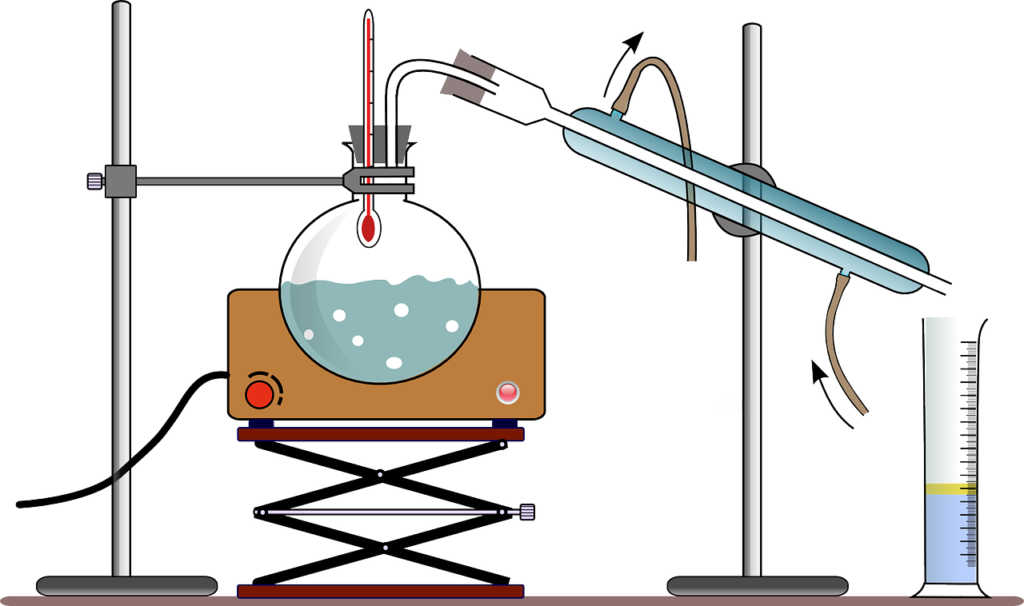
Like farming, trading has its seasons of rain and drought. Skilled and experienced traders navigate these ups and downs
better than those without such skills. Developing your trading skills is essential.
When we get into the practical side of trading, I’ll show you how to back test the strategy I teach.
This will be a fun learning experience because you’ll test the strategy without the fear of losing real money.
It will also help train your subconscious to focus on sharpening your
technical trading skills. Eventually, you’ll be ready to test it out in the real market.
Remember to always have patience
When Should You Start Trading Your First Real Account?
While trading a demo account is essential, you should also start saving to trade your first real account.
This helps you understand how you engage with the market for real.
In the first quarter of 2022, I funded my first account after countless back tests using
Trading View (covered in Technical Trading Lessons). This tool allows you to gain years of experience in a short time.
My journey continued when I funded my first account with $53.20 (R1,000). By this time, I had honed my skills and felt confident.
I initially only traded the Nasdaq 100, an index consisting of the 100 most publicly traded companies.
According to Nasdaq.com, the top 10 most publicly traded companies include:
Microsoft (MSFT)
Alphabet Inc. Class C and Class A (GOOG, GOOGL)
Amazon.com Inc. (AMZN)
Tesla Inc. (TSLA)
Meta Platforms Inc. (META)
NVIDIA Corporation (NVDA)
PepsiCo Inc. (PEP)
Costco Wholesale Corporation (COST)
Apple Inc. (AAPL)
Broadcom Inc. (AVGO)
While trading the Nasdaq 100, I managed to flip my account, doubling it to $106.40 (R2,000) within a week.
The market provided countless setups that respected our price action strategy, leading to a streak of winning trades.
I withdrew my initial deposit of $53.20 that same week on Friday, just before my broker closed shop. That weekend,
I was excited and nervous—excited because I had flipped my account for the first time since 2020,
and nervous because it was my first time withdrawing money from my brokerage.
I remained patient, ensuring my emotions didn’t cloud my judgment.
On Tuesday at 10 AM, I received a notification from the bank confirming the deposit of $53.20 from my brokerage.
This was a turning point in my life, making me realize the potential of forex.
By not giving up, you can make significant progress in the world of trading.
Over time, consistency will enable you to see your growth as a retail trader.
Remember, just as it takes time to see progress when lifting weights for the first time,
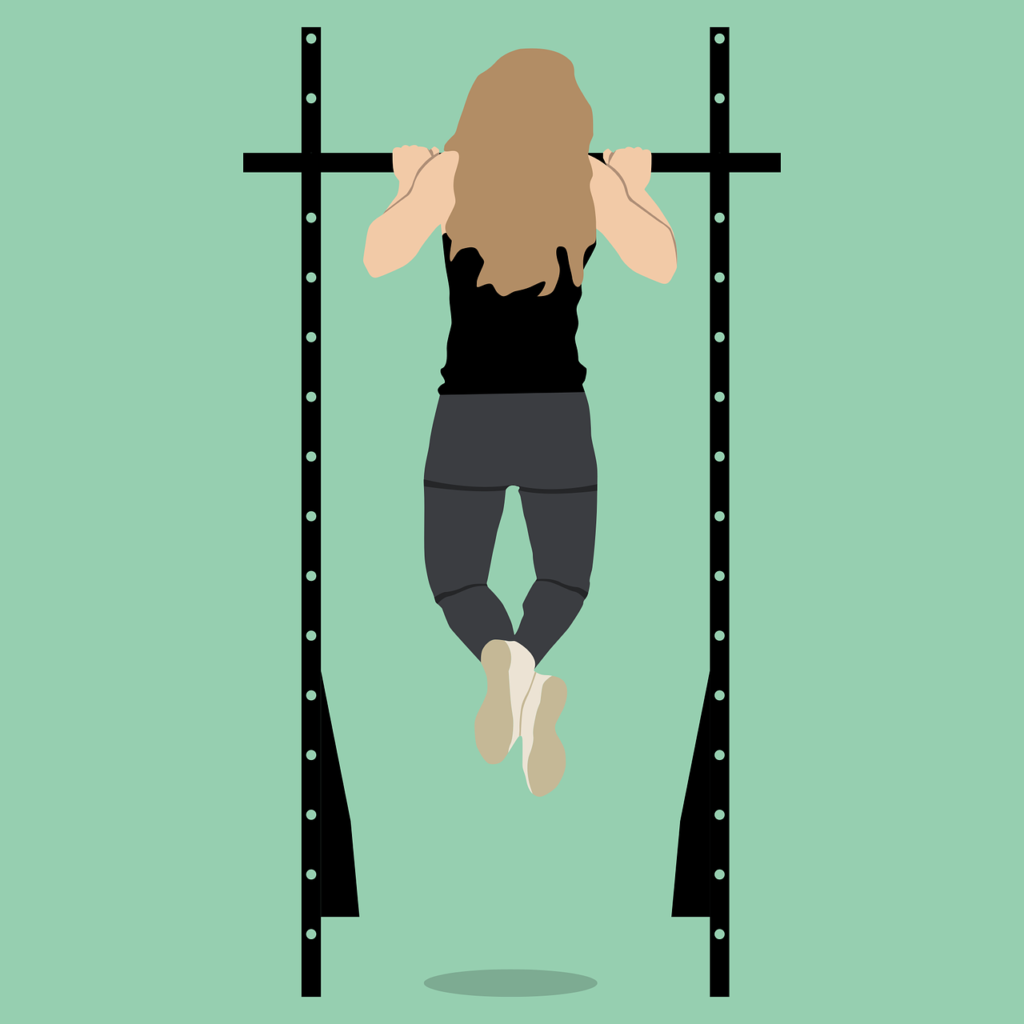
Mastering your trading skills will develop based on your consistency.
A trader who makes the most mistakes will always outshine the one who does not, as long as they learn from their mistakes.
How Much Should You Fund Your First Account?
It’s ideal to start your trading journey by funding your account with anywhere from $53.20 to $159.61.(small account/mini accounts).
Small accounts help you worry less about blowing your account, especially when starting out.
When I first flipped my account and withdrew my initial deposit, I felt invincible, and my confidence soared.
After receiving my initial deposit, I started trading again, but this time things were different.
Understanding FOMO: Never Break Your Trading Rules
When I reopened Nasdaq and began analyzing, the market wasn’t giving the same setups as the previous weeks.
The market was not trending, meaning there were fewer opportunities.
I was unaware of this and let my judgment be clouded by the desire to flip my account again within a week.
Remember, there are times when the market gives, and times when the market takes.
We harvest at the end of a trending market and let it play out during a drought (choppy market).
A choppy market shows no clear trend, making small fluctuations in a short period.
It is when the price of a stock, currency pair, or commodity is indecisive.
During this time, the market gains liquidity by taking out impatient retail traders.
The elusive 10% of traders wait out the drought and emerge when the market trends again. I didn’t know this at the time.
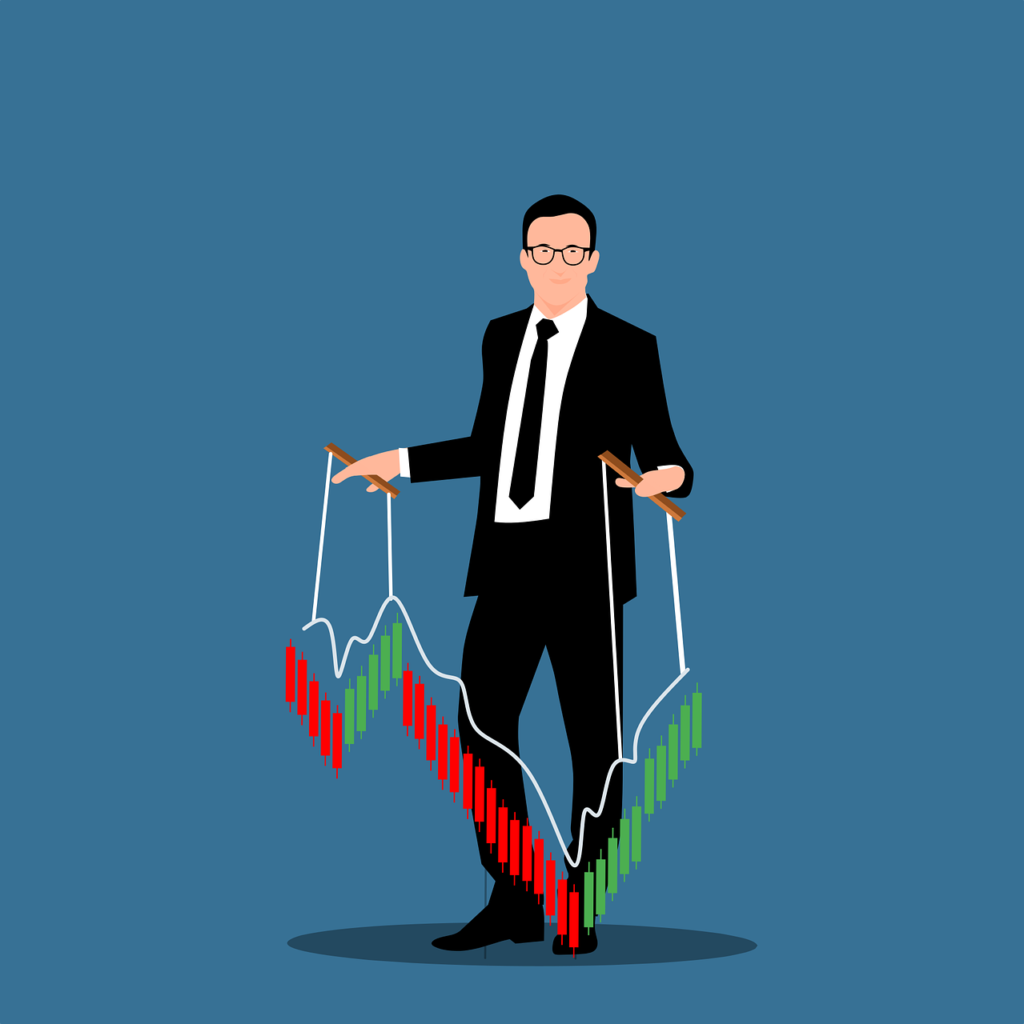
All I could think about was flipping my account. I opened my trading platform and started analyzing Nasdaq again,
but this time the market wasn’t offering any high-probability buys or sells. Instead of avoiding the choppy market,
I was filled with a new emotion: FOMO (Fear of Missing Out). I didn’t like the idea of waiting because I thought if I waited,
I would miss out on an opportunity to capitalize on the market.
This impatience led me to lose 80% of my account. After this, I went back to the drawing board.
Keep in mind, I still had the $53.20 I had withdrawn. Instead of funding my reserves, I wanted to see what went wrong.
So, I back tested for a few hours until I realized I should not have entered the market.
This lesson taught me the power of back testing, testing a strategy with a small account, and differentiating between a trending market and a choppy market.
Conclusion: Mindful Trading
Remember, trading requires patience and a mindful approach. By funding a small account,
you can manage your risk better and learn valuable lessons without significant financial loss.
Always back test your strategies and understand market conditions before making trades.
This mindful approach will help you navigate the ups and downs of the trading world successfully.
Now that you are aware of the emotions you may encounter on your journey to becoming a mindful trader,
you are better suited to navigate your way more effectively than I did when I began my journey.
Next, we will delve into the practical side of trading—the fun part—where we’ll explore how to trade
using trend channels, support, and resistance levels and zones. Stay tuned for a lot of quality content designed to sharpen your skills. See you there!

